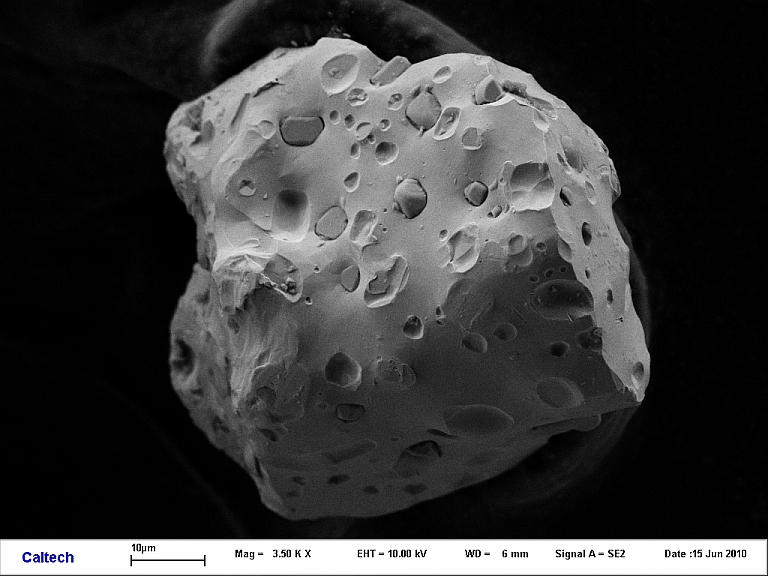
SEM photograph of native tungsten with embedded pieces of yittria-(Y)
|
GPO Box 666, Melbourne 3001, Victoria, Australia |
Natural History Museum of Los Angeles County Los Angeles, CA 90007, USA |
|
Russian Academy of Sciences |
|
| 4Mineralogy
Department, Natural History Museum Cromwell Road London, UK, SW7 5BD |
5
Division
of Geological
and Planetary
Sciences California Institute of Technology Pasadena, CA 91125-2500, USA |
| 6
Natural
History Museum London London, England, United Kingdom | 7 Fersman
Mineralogical Museum, Leninskiy Prospekt 18(2), Moscow 117071, Russia |
